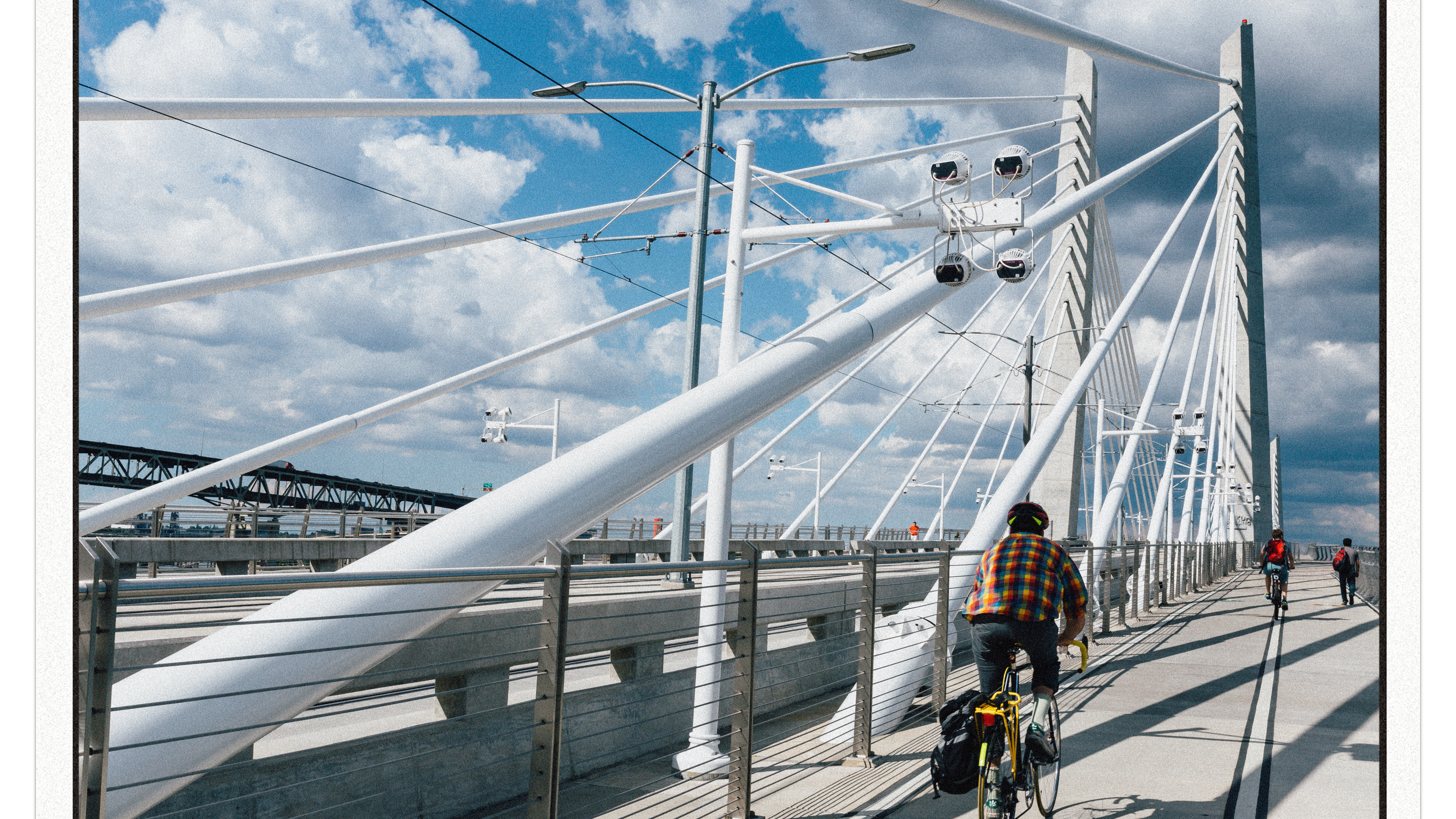For much of the 20th century, the 409 acres of Portland known today variously as North Macadam or the South Waterfront hosted a variety of shipbuilding, repair and salvage businesses, along with manufacturing and other industrial uses.
But as the city grew, those employers mostly moved elsewhere or closed. By the 1990s, the area had become “a blighted, industrial wasteland” in the estimation of the U.S. Environmental Protection Agency. The waterfront was ringed by barbed wire, blackberry vines, and the scent of neglect.
Then City Commissioner Charlie Hales asked developer Homer Williams if $50 million in city funds could bring the dead space to life. “I said, ‘It’s an island, it ain’t going to work,’” Williams recalls. But after Hales pushed the Portland Streetcar from downtown to the Pearl District, Williams saw an opportunity that he outlined to Mayor Vera Katz.
“I called up Vera and said, ‘If you have $50 million and if we can get the Streetcar down there and get a connection to [Marquam Hill], I think it will work.’”
Mayor Katz gave Williams the green light, and the neighborhood began to take off. In 2004, the Schnitzer Investment Corporation donated 20 acres to jump-start Oregon Health & Science University’s waterfront campus. High-rise condo towers soared. In 2006, the Portland Aerial Tram leaped over Interstate 5 and the Terwilliger curves to connect South Waterfront to OHSU’s Marquam Hill headquarters. The Streetcar arrived a couple of years later, followed by Tilikum Crossing.
In the past 20 years, according to city figures, Williams and others built nearly 6,000 units of housing, and OHSU and others created more than 11,000 jobs in the district.
Williams says Mayor Katz deserves the lioness’s share of credit. “The Pearl District wouldn’t have happened and South Waterfront wouldn’t have happened without Vera,” he says. “She just wanted to get shit done.”
Next Story > 2007: Naomi Pomeroy
 Opens in new window
Opens in new window